New downtown Lebanon fire station won’t come cheap
| Published: 10-06-2023 3:38 AM |
LEBANON — Construction of a new fire station in downtown Lebanon would be a costly but necessary project to protect the health and safety of the city’s firefighters and other employees, according to city officials.
Fire Chief James Wheatley is seeking funding in next year’s budget to replace the fire station on Park Street with a new facility that meets modern operating and safety standards.
The project, estimated to cost $22.7 million, would involve demolishing the existing fire station to make way for a new facility on the same site.
City Manager Shaun Mulholland told councilors that this project would be “a difficult road” financially. In recent years, the city has drawn from its unassigned fund balance — a reserve built from end-of-year budget surpluses — to help offset the tax impact of capital improvement projects. But that fund has been depleted.
“What’s likely to occur will be a couple of things — tax rates increasing and services going down,” Mulholland told the council. “That’s just the reality of what our future is, and we are going to have to make the best of that.”
A 2019 study of the city’s public safety buildings found that both city fire stations — including the West Lebanon station on Main Street — do not meet modern industry standards, including for occupational safety. Neither station is compliant with the Americans with Disabilities Act, and both facilities lack the space to properly maintain and store firefighting equipment, according to the study.
The downtown station, also known as Central Fire Station or Station 1, was built in 1954, at a time when the station responded to less than 100 calls per year, according to Wheatley. The department now receives over 4,000 calls annually.
“And it was constructed without the knowledge we have today about occupational health and safety, (such as having) separation of the living areas from the apparatus floor and (isolated) decontamination areas, things that are causing very significant health hazards to our responders today,” Wheatley said last week during a meeting with the City Council.
Article continues after...
Yesterday's Most Read Articles
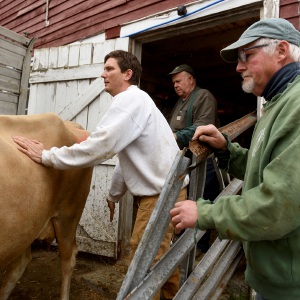 Herd departs Hartford’s last remaining dairy farm
Herd departs Hartford’s last remaining dairy farm
 Bald eagles are back, but great blue herons paid the price
Bald eagles are back, but great blue herons paid the price
 At Dartmouth, hundreds protest ongoing war in Gaza and express support for academic freedom
At Dartmouth, hundreds protest ongoing war in Gaza and express support for academic freedom
 Kenyon: What makes Dartmouth different?
Kenyon: What makes Dartmouth different?
 A Life: Richard Fabrizio ‘was not getting rich but was doing something that made him happy’
A Life: Richard Fabrizio ‘was not getting rich but was doing something that made him happy’
At the meeting, Councilor George Sykes characterized the project as “long overdue,” noting that the city has gotten 70 years out of the existing building and can get similar longevity again if it invests in a quality construction and design.
“And things are not going to get cheaper as we move forward,” Sykes said. “So as we have these conversations we need to be mindful of the fact that good planning on our part is planning for the future.”
In both existing stations, the living quarters and offices are on the second floor directly above the vehicle bay. While exhaust hoses capture most of the fumes of running vehicles, some emissions waft up through the flooring to where employees are working or living, Wheatley told the council.
Wheatley also noted that emissions can contaminate the machine that fills the breathing tanks that firefighters wear when suppressing a fire, since the machine is located next to the vehicle bay. As a result, the tanks can contain air that is contaminated by emissions.
The existing station also lacks a contained space to clean and decontaminate equipment and clothing of carcinogenic materials when firefighters return from a call, Wheatley said. Without an isolated corridor for removing toxic materials from bodies and clothing, employees may unintentionally transport the substances into living quarters or work areas, or to their homes.
“When we sign up for this profession we understand that we take inherent risks all the time when we go to calls,” Wheatley told the councilors. “But we didn’t sign up to work in a facility that puts us at more risk. And that is what we are experiencing right now.”
Cancer is the leading cause of death of firefighters, according to the U.S. Fire Administration. Firefighters have a 9% higher risk of being diagnosed with cancer than the general population and a 14% higher risk of dying from cancer, due to long-term exposure to carcinogenic or toxic materials.
Mulholland said the city intends to pursue grants to help defray the project cost. State money, for example, is available to fund a new emergency operations center in the station, as well as the heating and cooling system. However, grant funding will likely amount to “hundreds of thousands of dollars” rather than millions.
“That’s the difficult decision this council is going to have to make,” Mulholland said about the funding. “We all recognize that and we are going to have to make some tough choices.”
Mulholland plans to provide a budget presentation to the Council at their meeting on Oct. 18. Mulholland told the council that he wants to break down the budget picture to make it more understandable to elected officials and residents.
Some councilors expressed support for the fire department project, though cognizant that funding it will be challenging.
“It is a major endeavor, but it’s the right thing.” Councilor Karen Liot Hill said. “The people who work for us are entitled to have safe working conditions. … It’s an occupation that comes with a certain amount of risk, but we owe it to them to do our part.”
Wheatley said the proposed station is intended to last “at least 50 years.” A preliminary design by the Manchester-based Lavallee Brensinger Architects increases the facility’s size from 15,000 square feet to 24,500 square feet — which is based on the department’s projected growth. During the construction, the firefighters, equipment and apparatus would be relocated to the public works facility on Dartmouth College Highway, while administrative staff would be housed on the third floor of the Lebanon SAU building on Seminary Hill Road.
The fire department’s call volume has increased steadily over the past two decades, from 2,933 calls in 2004 to 4,200 calls so far in 2023, a significant increase even when accoutin
“The call volume is growing, the city is growing and we are going to need more employees,” Wheatley said.
The city also plans to build a new West Lebanon fire station, which has the same occupational safety and health issues as the downtown Lebanon station. However, the West Lebanon site is too small to expand the station and the city is still trying to find new property to house a new facility.
The Council is in the early stages of preparing the city operating budget for next fiscal year, which will begin Jan. 1.
Patrick Adrian may be reached at padrian@vnews.com or 603-727-3216.

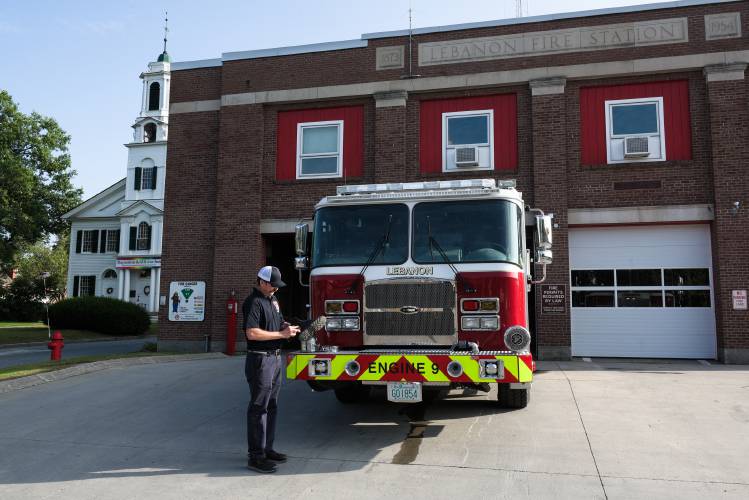
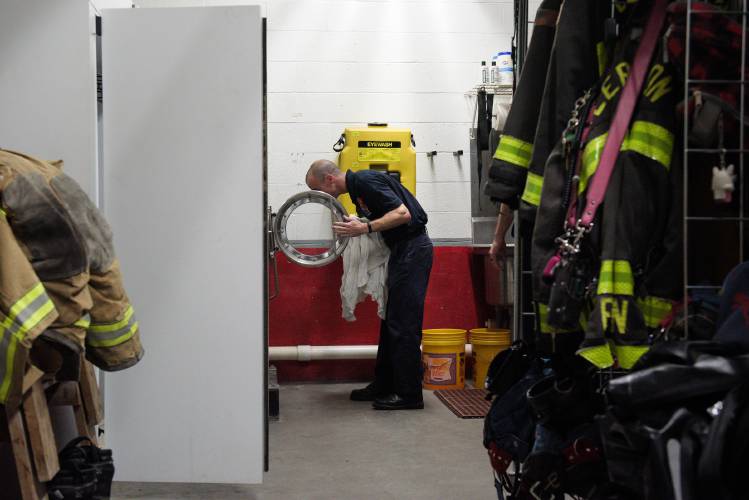
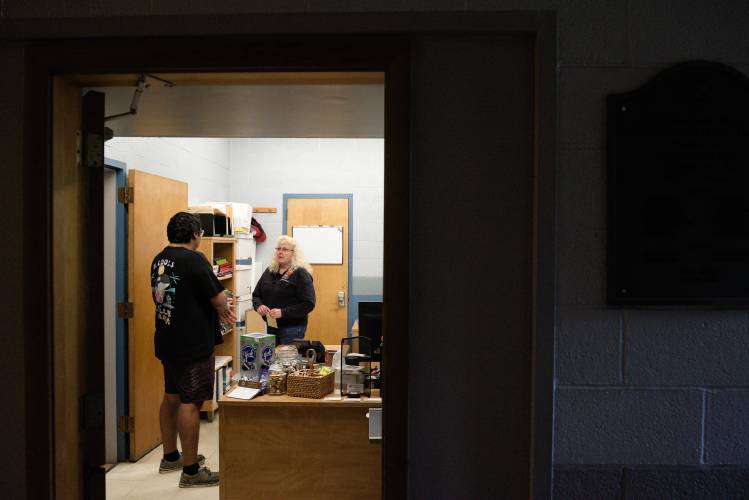
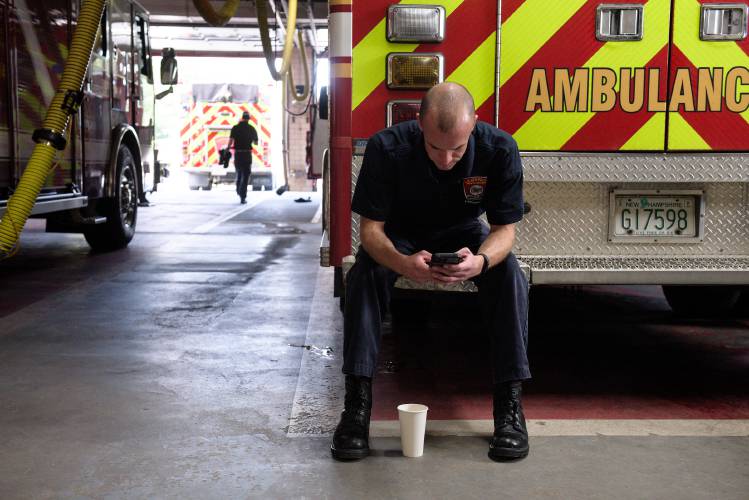
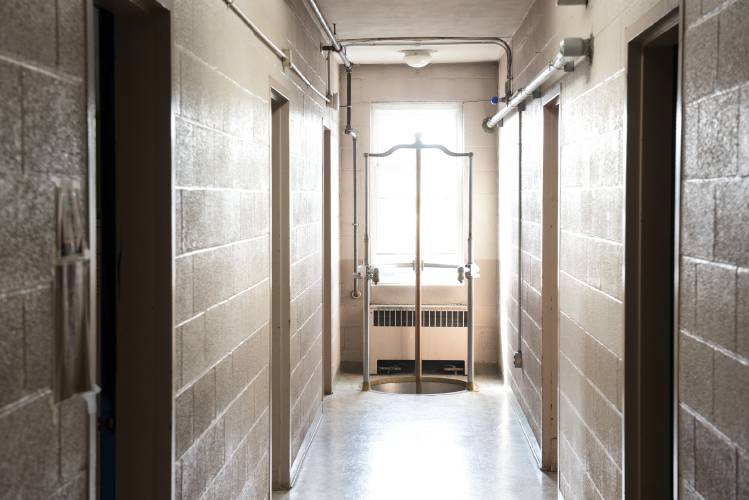
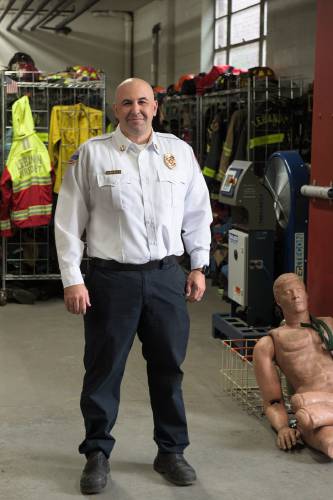
 Big drop in tuition and aid is boosting Colby-Sawyer
Big drop in tuition and aid is boosting Colby-Sawyer  How NH Education Commissioner Frank Edelblut used his office in the culture war
How NH Education Commissioner Frank Edelblut used his office in the culture war
